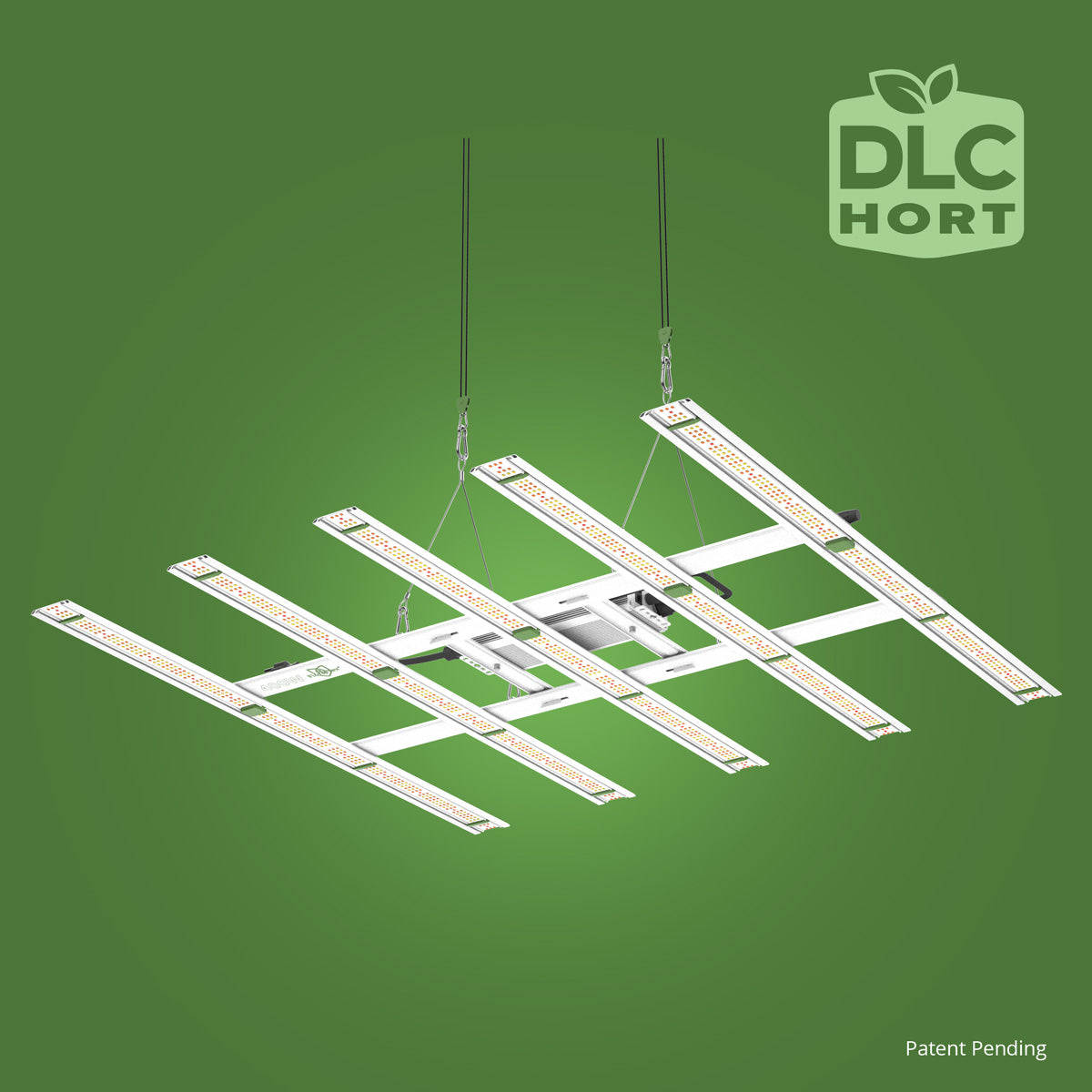As you grow and cultivate your skills as a hydroponic gardener, you may want to branch out and tend to multiple types of crops at once. Certain plants uniquely benefit your garden in ways that lend themselves well to companion planting.
If you want to start growing healthy plants with massive bloom stages, taking advantage of the ways plants naturally interact with each other is the best way to start—even in a hydroponic garden. Before you begin pairing plants together, educate yourself on what companion planting is and how it works.
What Is Companion Planting?
Companion planting is a method of gardening where the gardener grows two plants together that mutually benefit each other. These plants may help each other gain more nitrogen, protect the garden from pests, or provide shade for plants that prefer to stay out of the sun. Companion plants don’t interfere with other plants’ growth and provide crucial biodiversity in the garden.
The ways companion plant interactions may occur include:
- Climate co-operation
- Nurse cropping (bringing nutrients to the surface for young plants)
- Trap cropping (decoy companions for pests)
- Symbiotic nitrogen fixation
- Natural pest repellant
- Benevolent bug attraction
- Biodiversity drives away pests with a specific diet
How Companion Planting Helps Hydroponic Gardens
Even if you plant two crops next to each other in a hydroponic garden, they’re still going to be in separate containers. So, how can you start using companion planting in your hydroponic system?
Many companion planting interactions happen regardless of the medium the plants are in. Even in a hydroponic garden, crops such as legumes will still fixate the nitrogen and release it into your nutrient solution. Setting a small, shade-loving plant next to a large, sun-loving plant will still retain the same effect—the large sun-loving plant will keep the shade-loving plant out of the direct light with its large presence.
If you have a bug problem in your hydroponic garden, even if it’s inside, you can control it with the right decoy or natural repellant companion crops. When you’re planning on bringing beneficial bugs into the garden, consider growing their favorite kinds of crops to keep them satisfied.
Common Companion Crops
After learning about what companion planting is and how it works, you can now try it in your own garden. Some of the most common pairings include:
The Three Sisters—Corn, Beans, and Squash
Native Americans have been utilizing companion planting long before it was well-known. One of the most famous crop combinations is the trifecta of corn, beans, and squash—also known as The Three Sisters.
Marigold
Marigolds pair well with almost any other plant and develop their own natural bug repellant.
Tomato and Basil
Not only do these two crops make a delicious sauce, but they also help each other grow. Basil may increase your overall tomato yield.
If you want to begin your own hydroponic companion garden, let FloraFlex supply you with everything you need to get started. Shop online or visit your local FloraFlex partnered hydroponic supplies wholesale today!









